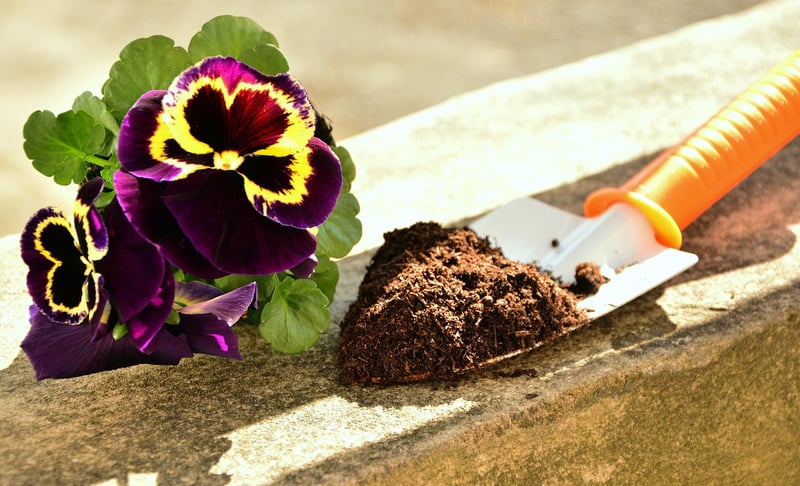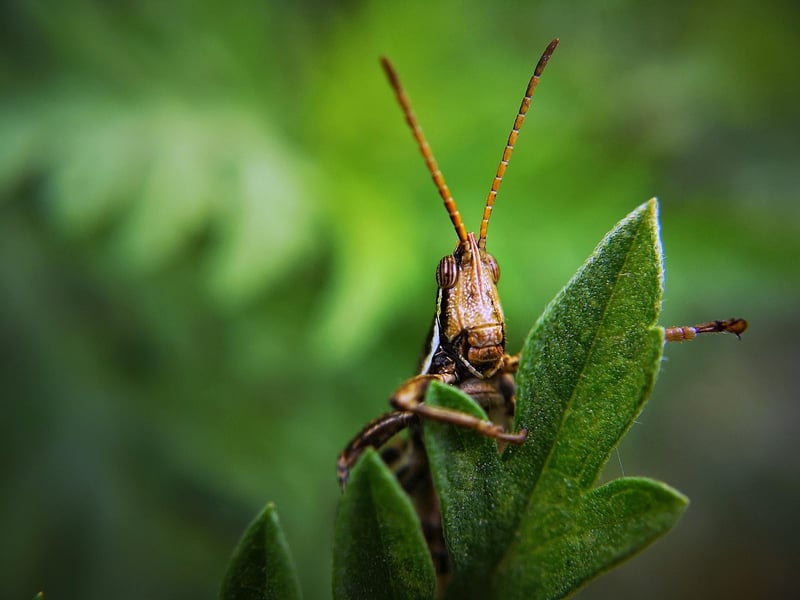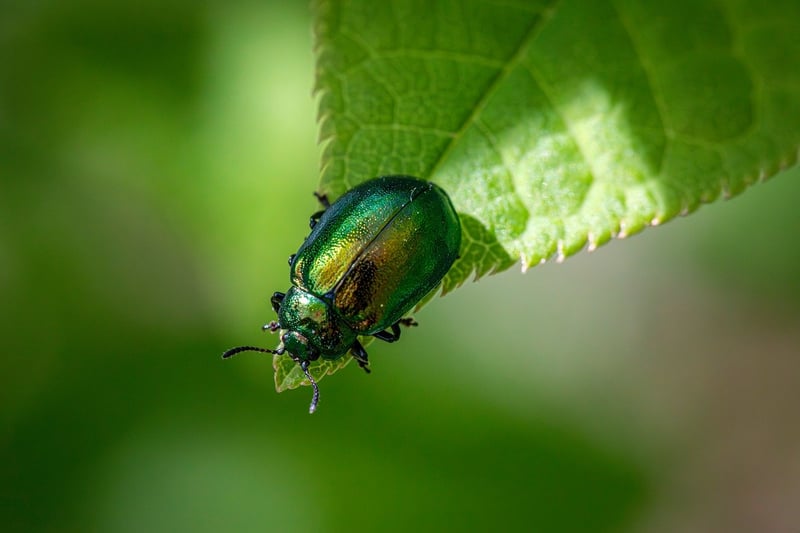Identifying Common Pests
#Pests
#Diseases
#Plant Health
Protecting Your Plants and Identifying Common Pests
Introduction
Are you eager to keep your plants healthy and thriving? Understanding how to protect your plants and recognizing common pests is essential to maintaining a vibrant garden or indoor plant collection. Let's explore some tips on safeguarding your plants and identifying potential threats.
Protecting Your Plants
Proper care and maintenance are key to plant health. Here are some ways to protect your plants:
- Provide adequate sunlight: Different plants have varying sunlight requirements. Ensure your plants receive the appropriate amount of light.
- Water consistently: Overwatering or underwatering can harm plants. Establish a watering schedule suitable for each plant type.
- Monitor soil quality: Check soil moisture levels and use the right type of soil for your plants.
- Prune regularly: Trim dead or damaged leaves to promote growth and prevent disease.
- Use natural remedies: Consider natural pest control methods like neem oil or insecticidal soap to protect your plants without harsh chemicals.
Identifying Common Pests
Recognizing common pests early is crucial to preventing widespread damage. Some common plant pests include:
- Aphids: Small, pear-shaped insects that feed on plant sap.
- Spider Mites: Tiny pests that create webbing on plants and suck sap from leaves.
- Whiteflies: Small, moth-like insects that cluster on the undersides of leaves.
- Mealybugs: Soft-bodied insects covered in a white waxy substance that feed on plant juices.
- Scale Insects: Small, shell-like insects that attach to stems and leaves, sucking plant fluids.
Conclusion
By following these tips and staying vigilant for signs of pests, you can protect your plants and ensure they flourish. Remember that early detection and appropriate action are key to maintaining a healthy plant environment. Happy gardening!


